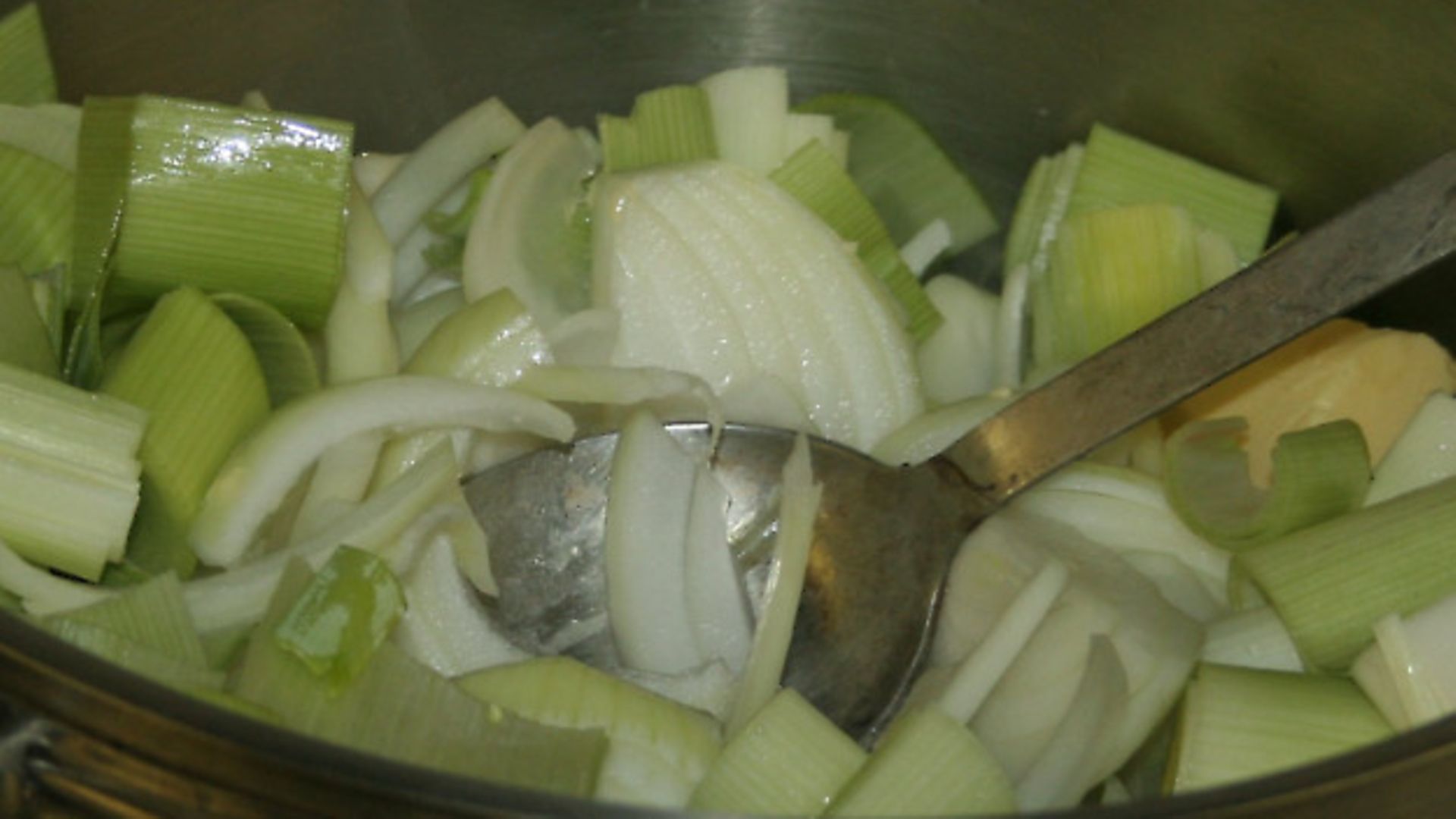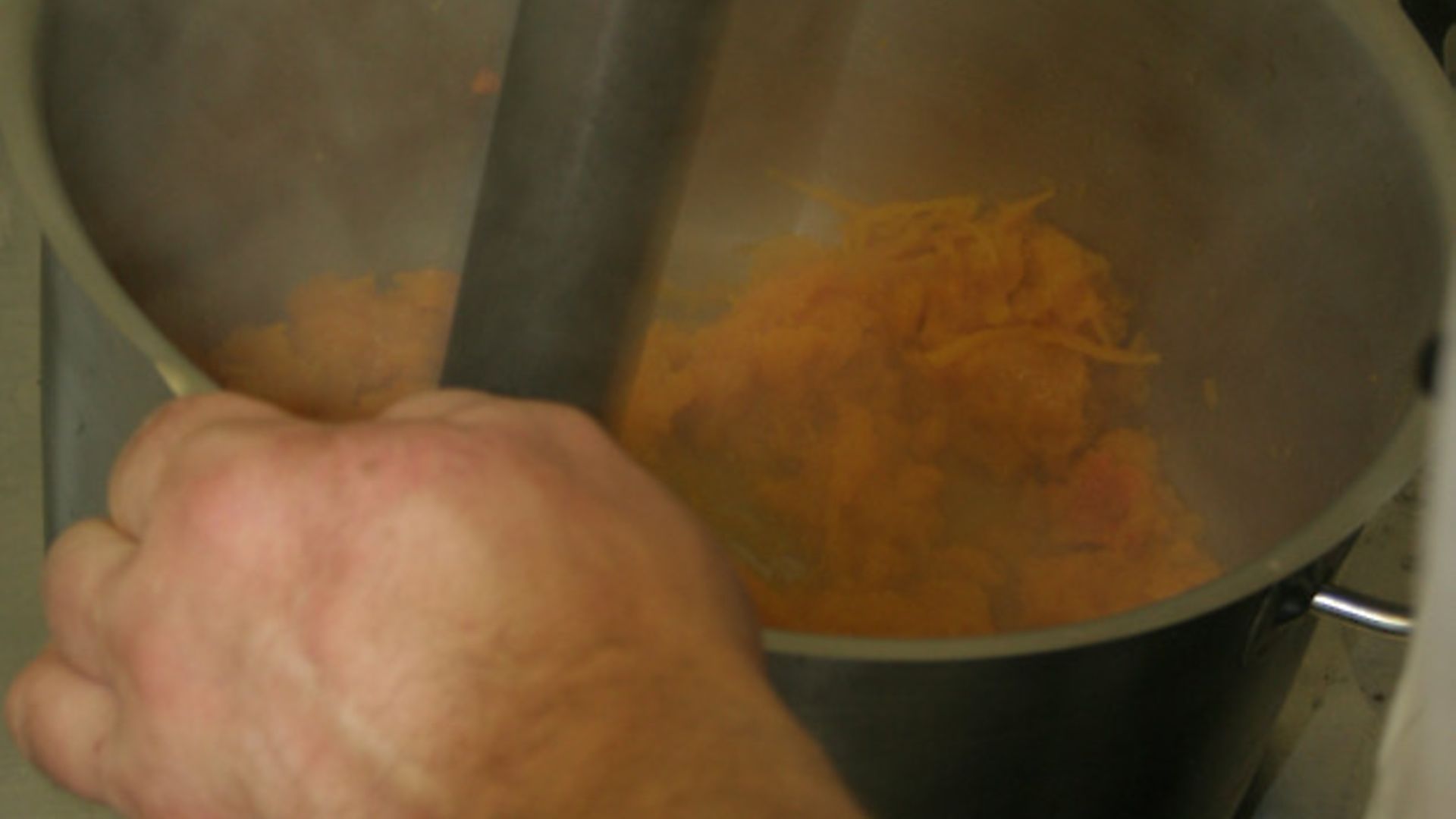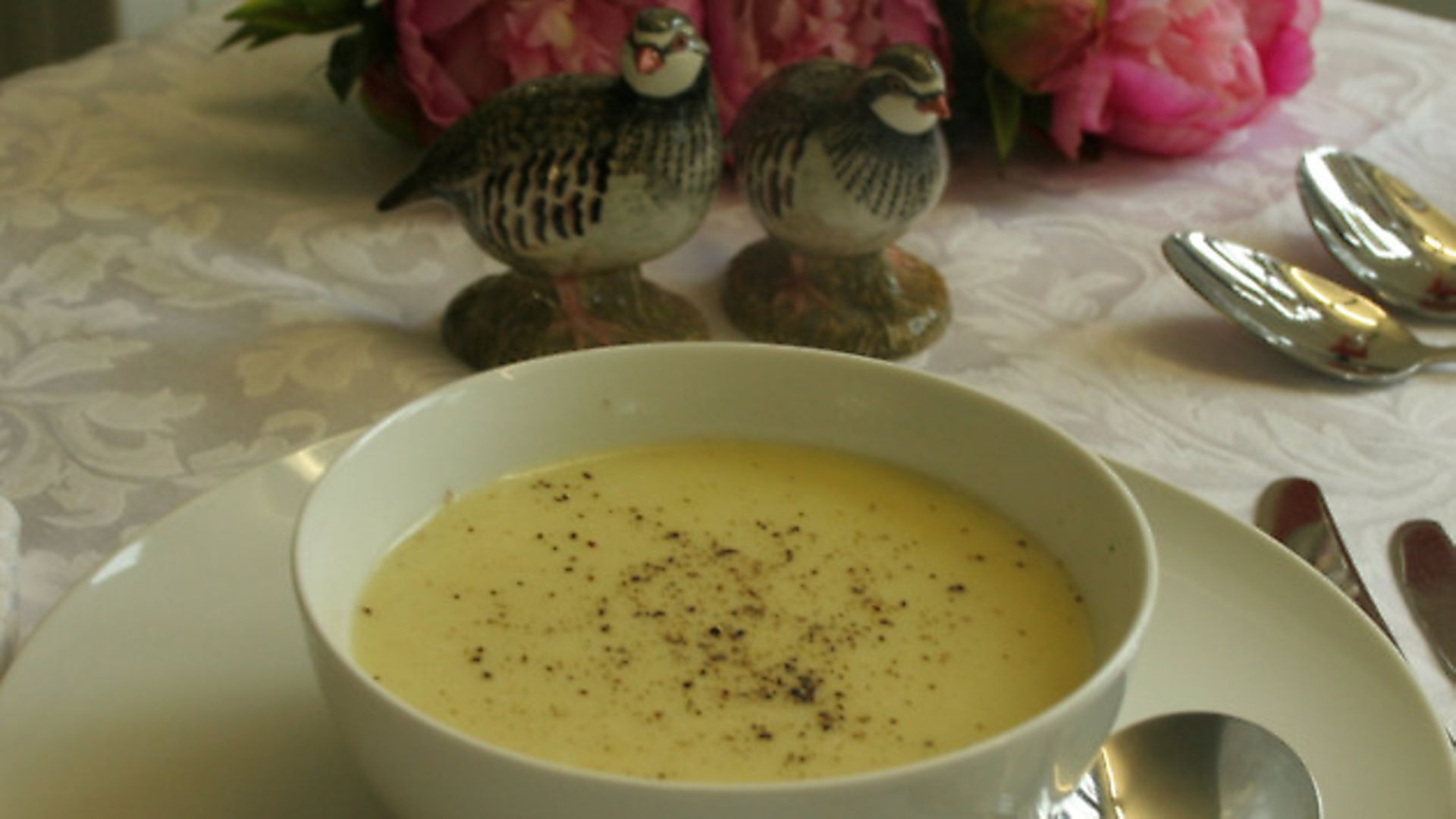You may want to serve a soup course during your Ultimate Game Feast; Mark shows you two tasty options, whether you’re budgeting or banqueting
 credit: reb
credit: reb
With the chill of winter in full swing, there is nothing that focuses the mind more than the need for warmth and good food. To abate this ever-present hunger, this month we turn our minds to the soup course.
 credit: reb
credit: reb
I think there are two soup factions; one has no love of soup and sees it as a sad reminder of holidays in the rain. The other, in which I belong, sees it as a brilliant vehicle for showing off good ingredients.
 credit: reb
credit: reb
I think that in order to move people from detractors to fans, all we need do is add salt and good stock. If a cook sees soup as a drab start, their heart and soul will not go into the dish, and their lack of enthusiasm will reflect in the soup, so the guest who eats it may defect from soup lover to hater.
 credit: reb
credit: reb
The real trick to making good soup is, as ever, good ingredients. There has been a rise in the love of homegrown veg and if you are, or know someone else who is, a keen veg grower, you have a very good starting point. Rest assured that you can still make good soup, even if you don’t grow your own veg.
Another key ingredient is good stock, though like the homegrown veg, it’s not essential to make really good soup. A good shortcut is to find a keen stock-maker (for me my stepmother or my sister) and swap pigeon breasts or trout for bags of homemade stock.
In many cases, especially if you are going down the skinted route, you will find a good stock cube to be perfectly satisfactory. There are also cans of stock and stock concentrate that are very highly recommended.
As for the texture of the soup, there is no right or wrong answer. From the lumpy broth and the thick veg soup to the clear bullshot consommés (which the soup purists will argue is not soup), all will be considered by some to be best. The merits of a thick soup are well worth considering, though: for instance, if you are planning to swirl cream and/or oil on top of your soup, both will sit very nicely on a thick soup and will look fantastic.
I find that thick soups stay warmer for longer, so if you are making tiny shots of soup on a winter’s day pheasant shoot, this may well be the path to take. Even if the fancy shoot you are always invited on doesn’t ask you this year, the thicker soup will stay warm longer in your flask on a cold and solitary pigeon day.
When I make soup I always ensure I make much more than is needed. I freeze the excess so that I can whip up a starter if friends turn up unannounced or (and this is, I admit, what I use the surplus for most often) have a nice hot meal from the freezer when I return from the pub at 2am!
While at this time of year we would naturally think of making hot soups, don’t put a mental line through cold soups in the summer. If they are well made they can be extremely tasty to eat and very cheap and easy to do.
If you are thinking of taking a most health-conscious approach this New Year, don’t forget that soup is widely thought of by slimmers as a very good option. Especially if you make the soup with less starchy root veg and avoid potatoes, you have a very cheap, healthy meal.
Recipe one: Roasted butternut squash soup.
Serves 4. Cooking time: 55 minutes.
Ingredients:
1 large butternut squash
200ml of stock.
70g butter
1) Roast the butternut squash in the oven at 190ºc until it is soft (about 45 mins)
2) Once cooked, remove from the oven, being careful, as the juices are very hot and can come out
3) Cut the squash in half and carefully remove the seeds with a spoon
4) Remove the soft flesh and place in a blender
5) Blitz and add the butter and the stock till you have the right consistency (ie when it coats the back of a spoon)
6) Add seasoning to taste then serve with a dash of oil
Recipe two: Potato, leek and onion soup
Serves 4. Cooking time: 50 minutes.
Ingredients:
250g of leeks
250g of onions
250g of potatoes
50g of butter
200ml of stock
1) Clean and chop the onions and soften them in the butter for 10 mins on a low heat until they are translucent
2) Clean and finely chop the leeks and add them to the pan. Be careful not to turn up the heat too much, as leeks burn very easily
3) Add the stock and turn up the heat
4) Peel and chop the potatoes into small cubes and boil until they are falling apart (if you go on to step five too early, the soup will have a sticky consistency)
5) Blitz the soup till smooth and season to taste, then serve
*****
Top tip
The key to success is the seasoning. If you forget to add salt to taste then you are starting off on a losing foot.
*****
Top tip
Use good ingredients and don’t be scared to add herbs and stock cubes if the homemade alternative is not there to you.
*****
By Mark Gilchrist